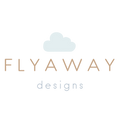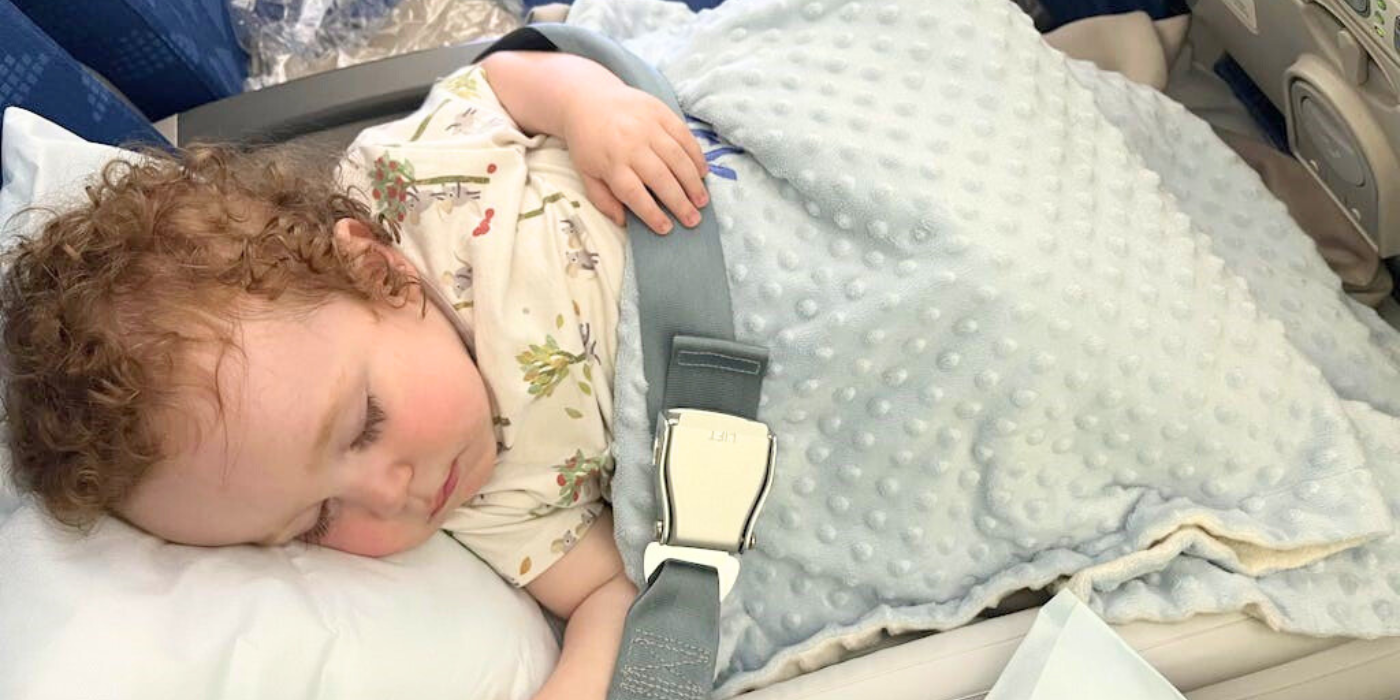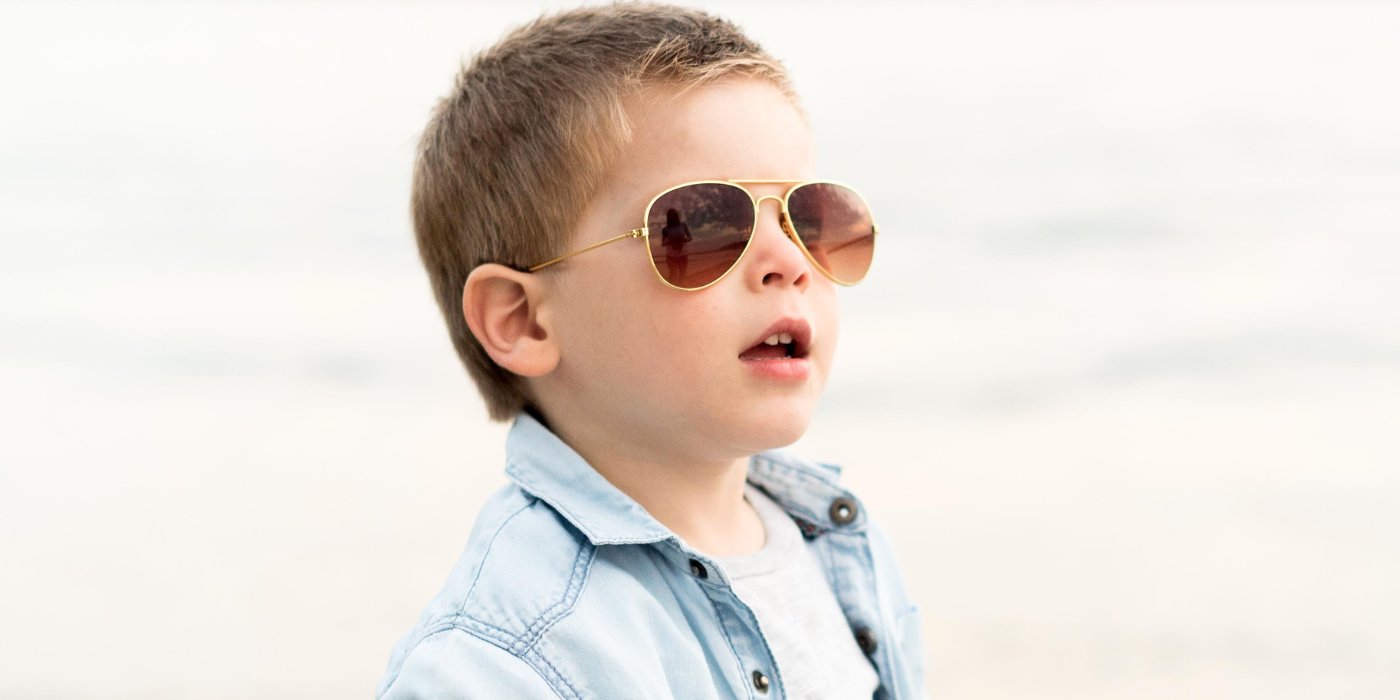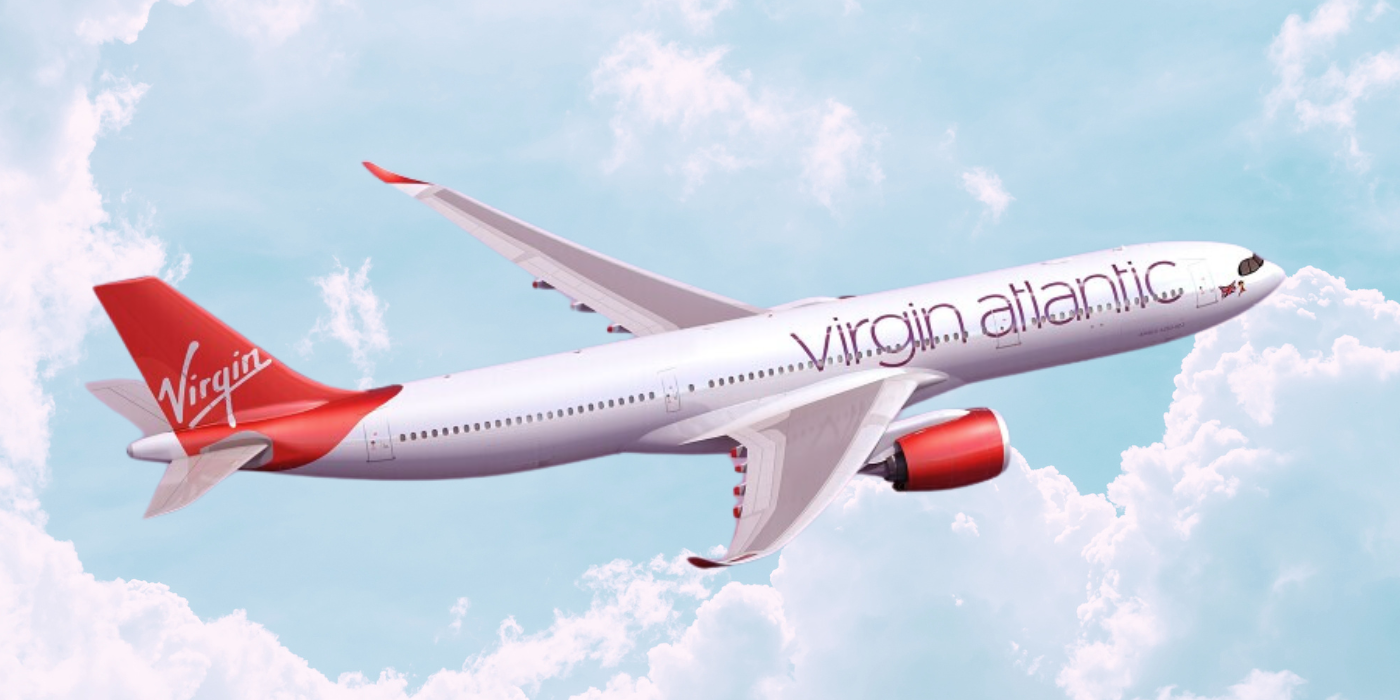Flying with a baby can seem overwhelming, but with a little planning, it can be a smooth and even enjoyable experience. Whether you're part of a military family, an expat parent flying long-distance, or heading out on a family holiday, here’s a guide packed with useful tips to help your journey go as smoothly as possible.
Checking in or Keeping the Stroller
Deciding whether to check your stroller in or keep it with you until the gate depends on what works best for you.
- Keep it with you: Most airlines will let you gate-check your stroller, meaning you can use it until you board, and it’ll be ready for you when you land. This is especially useful for navigating large airports.
- Check it in: Some compact strollers are small enough to bring on board as carry-on, but this varies by airline, so check their policy in advance.
Tip: Keeping the stroller until boarding can be helpful, especially if you have a lot to carry or a long layover.
Car Seats Onboard: What You Need to Know
Car seats are not only safer but can make the flight more comfortable for your baby.
- Airline policies: Each airline has different rules for using car seats on board. Check if your airline allows you to use FAA-approved car seats or similar.
- Booking a seat for your baby: If you plan to use a car seat, you’ll need to book a separate seat for your baby. Many airlines require the car seat to be rear-facing, just like in a car.
- Weight and size restrictions: Make sure your car seat fits within the airline's seating dimensions. The label on the car seat should indicate if it’s approved for air travel.
Tip: Using a car seat can help keep your baby secure and comfortable, especially during long flights, but always confirm the airline’s specific rules before you travel.

Keeping Your Baby Entertained During the Flight
Keeping a baby entertained on a flight is key to a stress-free journey. Here are some great ways to keep them busy:
- Toys and books: Bring along a variety of small toys and board books. Interactive toys, like those with buttons or flaps, can help hold their attention.
- Snacks: If your baby is eating solid foods, snacks can be a great distraction. Pack healthy options like fruit pouches or teething biscuits.
- New toys: Introducing a few new toys during the flight can help keep their interest and excitement up.
Tip: Bring several small toys and rotate them throughout the flight to keep your baby engaged.
Managing Tantrums and Keeping Baby Calm
Even the best-behaved baby can get fussy on a long flight. Here’s how to manage and prevent meltdowns:
- Stick to routines: Try to keep your baby’s nap, feeding, and play schedules as close to normal as possible. This familiarity helps avoid overtiredness, which is often the cause of tantrums.
- Comfort items: Bring along your baby’s favorite blanket or stuffed toy to provide comfort and a sense of home.
- Distractions: If a tantrum seems inevitable, a new toy or a walk down the aisle can sometimes be the perfect distraction.
Tip: Staying calm yourself is key. Babies can sense your stress, so take deep breaths and know that it’s okay if they cry for a bit.
Preventing Ear Pressure Discomfort
Ear pressure can be painful for babies during takeoff and landing, but there are a few ways to help ease the discomfort:
- Feeding during takeoff and landing: Breastfeeding, bottle-feeding, or offering a pacifier during takeoff and landing helps relieve ear pressure because the sucking motion equalizes their ears.
- Teething biscuits or sippy cups: For older babies, chewing on a teething biscuit or drinking from a sippy cup can also help ease ear discomfort.
Tip: Have a feeding or pacifier ready when the plane starts to descend to help your baby adjust to the pressure change.
Baby Formula, Breast Milk, and Food Through Security
Bringing formula, breast milk, and baby food through airport security can seem daunting, but it’s allowed and relatively straightforward.
- Security rules: You can bring enough formula, breast milk, or baby food for the flight and any extra for unexpected delays. These items are exempt from the usual 100ml liquid restriction but may be subject to additional screening.
- Packaging: It’s helpful to pack formula, milk, or food in clear, labeled containers so they can be easily inspected.
Tip: Keep everything within easy reach at the top of your bag so you can quickly pull it out during the security screening.
Booking a Bassinet
For long-haul flights, booking a bassinet can provide your baby with a more comfortable place to sleep.
- Request one early: Bassinets are limited and usually only available on a first-come, first-served basis, so be sure to request one when booking your tickets.
- Age and weight limits: Different airlines have specific age or weight restrictions, so double-check with your airline to ensure your baby meets the requirements.
Tip: Bassinets are usually reserved for bulkhead seats, so booking early is essential.

Flyaway Kids Bed for Long Flights
If you’ve booked a separate seat for your baby or toddler, the Flyaway Kids Bed can help make long flights more comfortable for them.
- Book a seat: You’ll need to book a seat for your baby to use the Flyaway Kids Bed. It’s not allowed during takeoff or landing, so be sure to follow all airline rules and regulations.
- Check with your airline: As with any travel gear, it’s important to check with your airline to make sure the Flyaway Kids Bed is permitted on their flights.
Tip: The Flyaway Kids Bed provides a flat surface for your baby to stretch out and sleep or play comfortably, especially on long flights.
Bonus Tips for Flying with a Baby
- Board early (or late): Boarding early gives you time to settle in, but if your baby gets fussy easily, consider boarding closer to the end so you spend less time on the plane.
- Dress comfortably: Dress your baby in layers so you can easily adjust to changes in cabin temperature.
- Bring extra clothes: Pack an extra outfit for both your baby and yourself—spills and accidents happen!
Final Thoughts
Flying with a baby can be a breeze with the right preparation. By planning ahead—whether it’s bringing a car seat, organizing snacks and toys, or knowing how to ease ear pressure—you can make the experience much smoother for both you and your little one. Safe travels!



